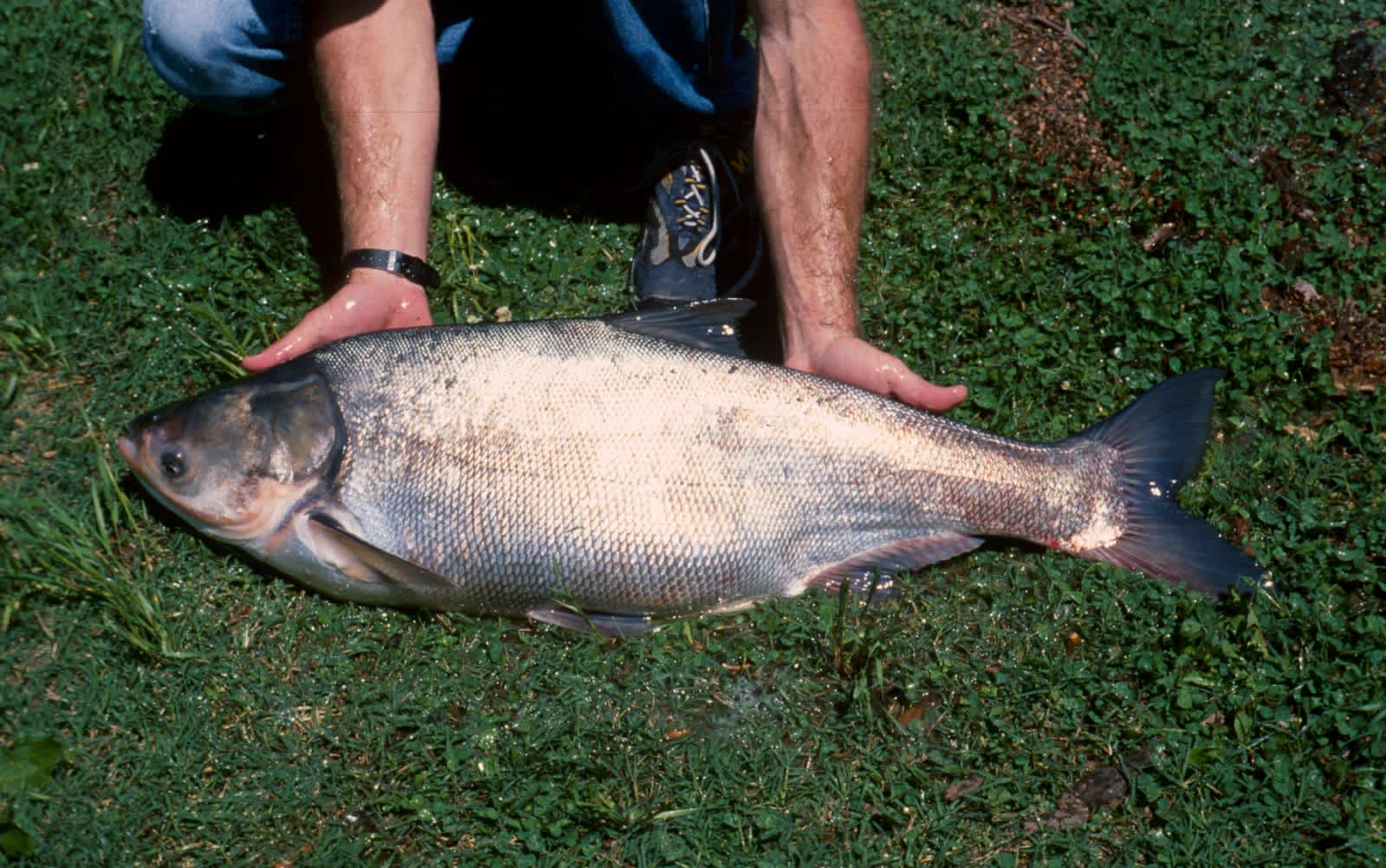Study: Asian Carp Scared off by Water Treated with Carbon Dioxide
OutdoorHub Reporters 07.21.16

Can the answer to combating Asian carp be as simple as treating a stretch of water with carbon dioxide? That seems to be the conclusion reached by a recent study from the University of Illinois at Urbana-Champaign and U.S. Geological Survey. In the study, researchers found that silver and bighead carp, the two primary Asian carp species threatening the Great Lakes, will avoid water treated with carbon dioxide as much as possible.
“We looked at how their movements and positions were impacted before versus after the additions of carbon dioxide in the pond,” Cory Suski, an associate professor at UIUC, told WTTW. “Quite simply, what we found is that we’re able to change the distribution and activity of the fish in the pond with the addition of carbon dioxide, and that the fish would avoid areas of high carbon dioxide.”
The reason for this is readily apparent. Many fish species avoid treated water because fish are naturally programmed with an aversion to carbon dioxide—which generally indicates low oxygen in the water. Some species may not be as sensitive to the changes, such as paddlefish, but carp, perch, catfish, and bigmouth buffalo all try to stay out of carbon dioxide-rich zones. This means that officials may be able to treat a few of the waterways leading into the Great Lakes to prevent the carp from establishing a stronghold.
“These fish responses provide evidence that CO2 could be used as a tool to deter the movement of bighead and silver carp,” Michael Donaldson, UIUC researcher and the study’s lead author, told Science Daily. “The results are encouraging because there is a need for additional methods to prevent the entry of Asian carp into the Great Lakes.”
Currently, officials have a number of methods for preventing carp from coming into the largest freshwater lake system in the world. The most visible are the three electric barriers in the Chicago Area Waterway System. So far, these physical barriers have proven largely effective, but they are not foolproof. Asian carp can still slip by, and officials worry that if enough get through to start a breeding population, it can threaten the valuable recreational fishing industry in the region.
Researchers say there is additional study that must be done to understand the effects of treating water with carbon dioxide, but it remains potential strategy for preventing carp movement. Asian carp are highly detrimental to native species, outcompeting them for food and voraciously consuming plant matter. To make matters worse, Asian carp are also hard to eradicate.

